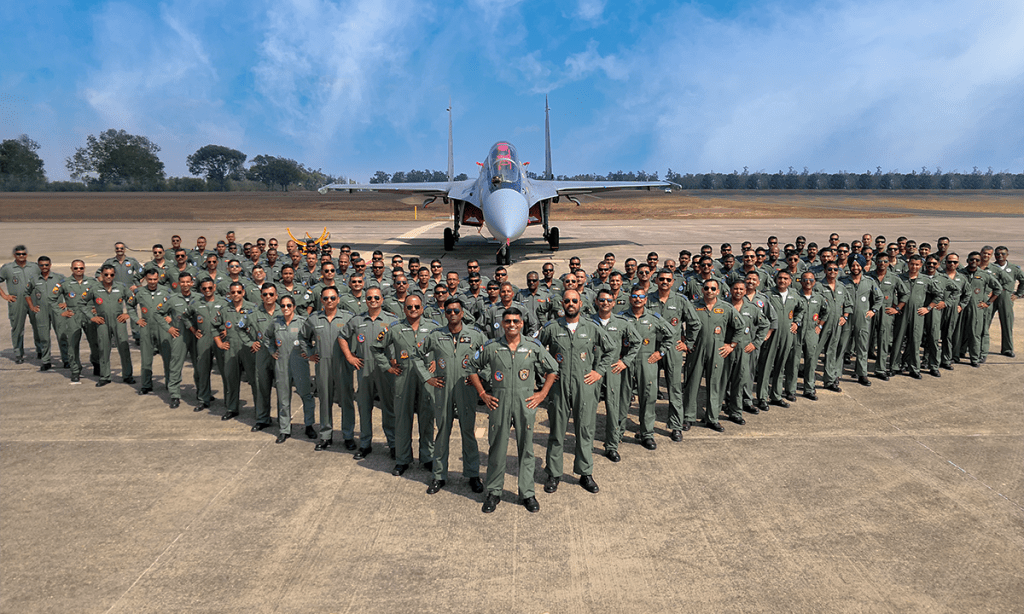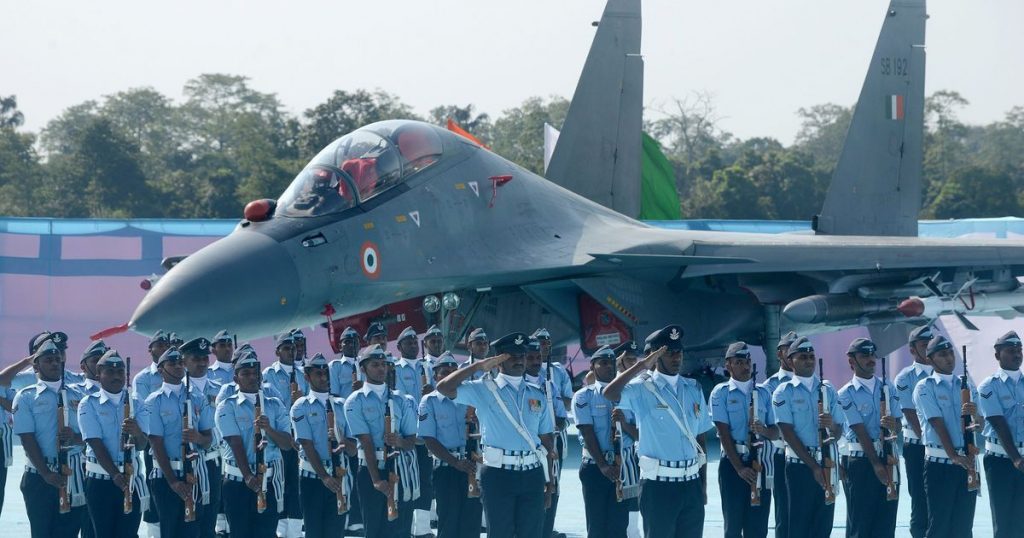Global military air power has reached new heights in 2025, as nations continue to invest heavily in their aerial defense and combat capabilities amid intensifying geopolitical tensions. According to the latest report by GlobalFirepower 2025, the United States maintains its position as the dominant global air power, while countries like India, China, and Russia strengthen their presence among the top five.
This strategic build-up comes in the backdrop of soaring global military expenditures, which reached an unprecedented $2.44 trillion in 2023, a 6.8% year-on-year increase, according to the Stockholm International Peace Research Institute (SIPRI). Ongoing conflicts such as the war in Ukraine and persistent instability in the Middle East have fueled these investments, placing air superiority at the center of national defense strategies.
Air Power: A Defining Pillar of Global Dominance
Air superiority has long been a cornerstone of military strength, proving decisive in both conventional and asymmetric warfare. From surveillance and reconnaissance to precision strikes and humanitarian operations, control of the skies often determines success on the battlefield.
With advancements in fighter jet technology, unmanned aerial vehicles (UAVs), and stealth capabilities, countries are racing to modernize their fleets and secure their airspace in an increasingly volatile global security environment.

GlobalFirepower 2025: Top 10 Countries by Aircraft Fleet Strength
According to GlobalFirepower’s latest data, the ranking of the world’s largest military air forces by total number of aircraft in 2025 is as follows:
| Rank | Country | Total Aircraft (2025) |
|---|---|---|
| 1 | United States of America | 13,043 |
| 2 | Russia | 4,292 |
| 3 | China | 3,309 |
| 4 | India | 2,229 |
| 5 | South Korea | 1,592 |
| 6 | Japan | 1,443 |
| 7 | Pakistan | 1,399 |
| 8 | Egypt | 1,093 |
| 9 | Turkey | 1,083 |
| 10 | France | 976 |
The United States leads with a staggering 13,043 aircraft, comprising nearly 40% of global military air assets. Russia and China follow, although each possess only a fraction of the U.S.’s aerial power.
India: A Rapidly Ascending Air Power
India has emerged as a formidable air power, ranking 4th globally with 2,229 military aircraft in 2025. This marks a significant rise as the country invests heavily in its aerial capabilities to counter regional threats and assert its strategic presence in South Asia and beyond.
India’s air force has undergone notable modernization efforts, integrating advanced platforms like the Rafale jets, upgrading legacy aircraft, and expanding its fleet of UAVs. Events such as the Balakot air strike in 2019, where Indian Mirage 2000 fighters targeted terror camps across the Line of Control, have underscored New Delhi’s willingness and capability to engage in offensive air operations when provoked.
With a Global Firepower Index Score of 0.1184, India’s growing aerial strength is supported by one of the world’s largest defense budgets, a robust defense industrial base, and strategic partnerships with nations such as France, the U.S., and Israel.
Regional Implications and Strategic Outlook
The rankings also reflect a growing militarization of regions with ongoing security concerns. South Korea and Japan have both increased aerial capabilities in response to threats from North Korea and regional tensions with China. Pakistan, India’s neighbor and long-time adversary, holds the 7th spot with 1,399 aircraft, maintaining a competitive posture in the region.
Middle Eastern countries like Egypt and Turkey also appear in the top 10, showcasing their role as regional military powers amid complex security dynamics in the Arab world.
Global Balance of Power
The 2025 rankings of the world’s most powerful air forces underscore the critical role of air power in global defense strategies. As nations pour unprecedented resources into modernizing their fleets, aerial dominance continues to be a decisive factor in shaping the global balance of power.
With rising tensions and no clear end in sight for many global conflicts, the skies may well be where the next major geopolitical contest plays out.



























